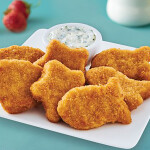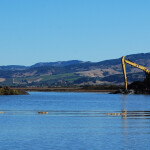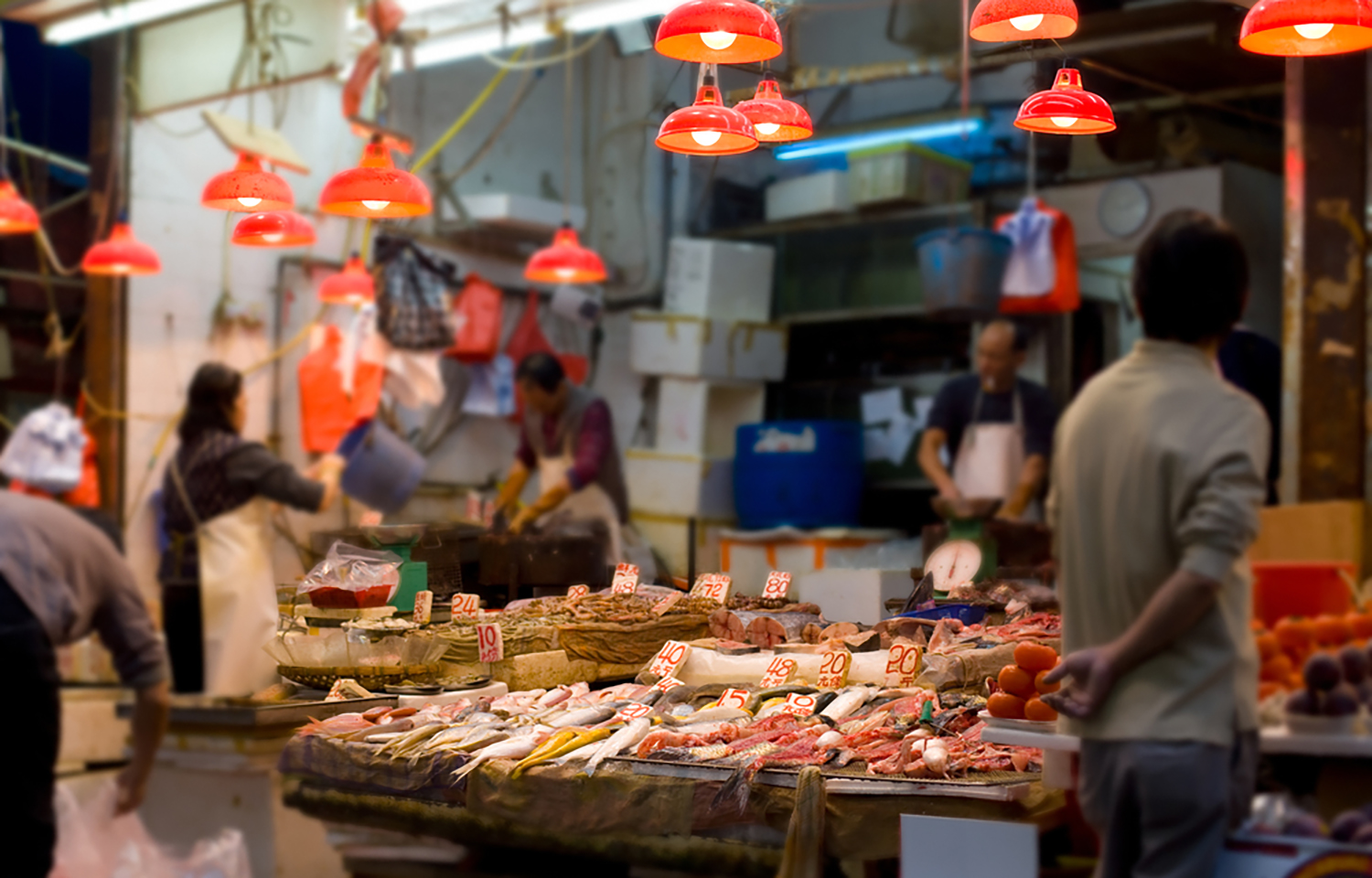Seafood suppliers to Hong Kong once enjoyed long periods of high demand, with domestic seafood consumption rates among some of the highest in the world; however, that demand seems to have recently plummeted in tandem with intense pressures on the Chinese mainland economy.
“The outlook in Hong Kong – and Macau – is quite grim,” Benjamin So, the chairman of the Hong Kong Sustainable Seafood Coalition and the founder at Hong Kong-based distribution company 178 Degrees, which imports New Zealand products, said. “Outlets are closing, particularly in the middle-to-high range that forms the bulk of our customer base.”
Chris Hanselman, the head of seafood distributor Pacific Rich Resources, echoed So’s claims and widened that to consumer spending as a whole, which has dried up quickly and aligns with economic forecasts.
The Economist Intelligence Unit (EIU) has projected Hong Kong's GDP will expand by 3.2 percent in 2024, but will drop to an average 2.3 percent in the period between 2025 and 2028. “Slower private consumption growth” is a primary driver behind the slowdown, according to the EIU.
Additionally, the EIU has predicted China’s government will take a “more interventionist” stance in Hong Kong to tackle key social issues like a shortages of housing. That would be popular among the city’s lower-income classes, according to the EIU, but intervention by Beijing has also caused confidence to drain from the city’s financial and legal services sector – a major source of high-end spending on catering.
Making matters even worse for food suppliers and producers, China has made it a point to drive leisure tourism domestically, drawing tourists who often indulge in luxury items like seafood away from Hong Kong.
Before the pandemic, spending by tourists accounted for about one-third of Hong Kong’s total retail sales, and tourism as a category represented an estimated 4.5 percent of GDP.
Hong Kong has the fifth-highest level of per-capita seafood consumption in the world, with locals eating an average 65 kilograms per year.








